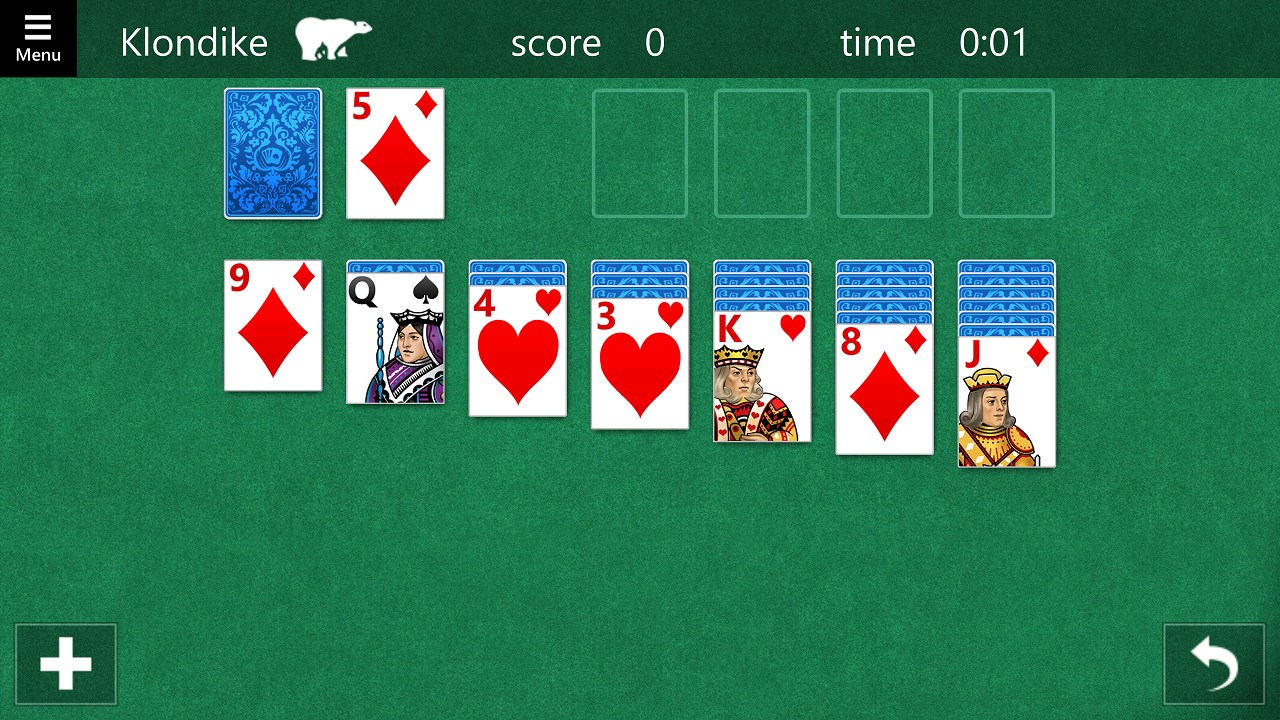Windows 10 may be “free,” but there’s a price to pay for claiming your no-cost upgrade from Windows 7 or 8: The designed to coax you into buying this app or using that Microsoft service. Some of the ads are pretty unobtrusive, to be fair. Several get right up in your face, however—an unfortunate experience in any case, but one that hurts even more if you’ve already dropped $100-plus on a Windows 10 license rather than snagging a free upgrade. Fortunately, most of Windows 10’s ad pushing can be disabled with a few simple menu tweaks, and it’s worth making the effort to do so, since once you get rid of irritating crap like this.
Ecut 6 free crack. Roll up your sleeves, folks. It’s time to start silencing those annoying Windows 10 ads.
Lock screen ads Let’s start with the inspiration for this article. In February, Microsoft began, after promising to roll out lock screen ad units nearly a year ago. And while the Rise of the Tomb Raider ads looked gorgeous, well, they’re still ads.
Note: The Microsoft Solitaire collection is Free to Install. If its some third party software(the game Solitaire) then you can turn on the pop up blocker and check if ads have stopped. Perform the steps from the link mentioned below if you use Internet Explorer.

And they’re only the beginning, unless you disable lock screens ads now. The option to disable Windows 10 lock screen ads. To do so, simply head to Settings > Personalization > Lock Screen and turn off the box that reads “Get fun facts, tips, tricks, and more on your lock screen.” That option only appears if you have a Picture or Slideshow selected as the Background option, though. If you’re pulling in Bing images from the Windows Spotlight setting, you won’t be able to disable that setting.
Start menu ads I never thought I’d be writing “How to turn off ads in the Windows Start menu,” but here we are. As you’re scrolling through your Start menu, you’ll occasionally see “Suggested” listings for Windows Store apps that you don’t actually own.
They’re not technically ads, as the developers aren’t paying for inclusion in your Start menu; rather, it’s a program created by Microsoft to suggest further app installations based on your Windows Store history. Either way, you might not want to see them.
The option to disable Windows 10’s Start menu ads. Er, suggested apps.
The easiest way to disable Start menu ads is to right-click one when you see it, then select “Turn off all suggestions” from the options that appear. If you want to be more proactive, head to Settings > Personalization > Start and disable “Occasionally show suggestions in Start.” Get Office and Skype Some of the most annoying native Windows ads are the pop-up notifications cajoling your to get Office or Skype, even if you already have Office and Skype. It’s an irritating takeover of the otherwise useful. There are a couple of ways to.
You could open the Start menu and head to Settings > System > Notifications & actions, then slide the Get Office app’s slider to off in the “Show notifications from these apps” section. But why only silence the notifications? If you’re never going to accept Microsoft’s offer, just delete the Get Skype and Get Office apps completely. The simplest way to do so is to open the All Apps section of the Start menu, then right-clicking and selecting Uninstall for each of the offenders. Cortana loves Bing This isn’t really an ad, but by default, all of the web searches conducted by Windows 10’s Cortana digital assistant send you to Bing, and there’s no way to ask it to ping other search engines instead. It makes sense—Microsoft makes Bing, and Bing serves as the cloud-based backend for Cortana’s brains—but diehard users of other search engines will be disappointed. Unless you hack your way around it, that is.